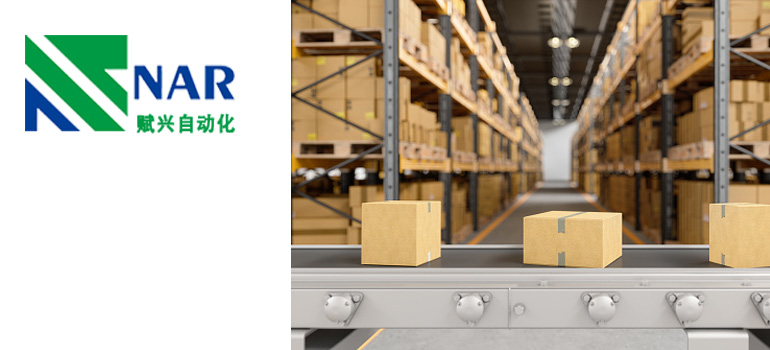Summary:
how to measure conveyor belt tension?
The importance of belt tension
How to check the belt tension?
How to carry out belt maintenance?
What conditions need to be met for belt tension calculation?
The belt is one of the important components of the conveyor, and the correct setting of the belt tension is crucial for the smooth operation of the entire conveyor system. Only when the belt is well maintained can the best benefit be achieved.
How much do you know about the relevant settings of belt tension? This article will take you to understand the role of belt tension, how to check and maintain the belt tension and set the correct belt tension value.
The importance of belt tension
Proper belt tension can ensure the normal operation of the conveyor. If the tension is not correct, the belt may cause unnecessary wear on some parts of the conveyor. Too much or too little tension will affect the conveyor belt. The following are descriptions of different tensions:
Excessive tension: when the conveyor belt tension is too large, it will lead to wear of bearings and other related parts, and also lead to premature damage of the pulley. In addition, with the wear of the belt, the tracking system will also have problems.
Too small tension: too small belt tension will cause the belt to slip. The loss of belt tension will lead to the wear of belt pulley rubber coating, improper belt tracking and premature belt failure.
How to check the belt tension?
Belt tension problems are easily found in the following contents:
- l Pulling out the belt edge: the belt tension is too large
- l The belt stalls: the tension is too small
- l Belt residue found under the conveyor belt: the belt is not correctly tracked
- l Abnormal sound during belt transportation: belt tension is too high or tracking problem occurs
How to carry out belt maintenance?
The following steps will help to prolong the service life of the belt and reduce the downtime of the conveyor.
Regular inspection. Check the condition of the conveyor belt when the machine is stopped and there is no load. Look for cracks or tears on the belt. These defects will affect the belt tension and may damage the conveyor components and/or the products being conveyed. If damaged, replace the belt.
Clean the belt. When the conveyor is running, the transported materials will overflow or leave debris. Over time, the accumulation of residues will cause the belt tension to decrease or damage the conveyor components. Spill of chemicals can also cause belt damage. Clean the debris and spillage on the belt regularly to prolong the service life of the belt and prevent improper belt tracking.
The load is within a certain range. Conveying items that exceed the belt weight limit will bring unnecessary pressure to the belt and conveyor components. Increased friction caused by extra weight can lead to premature wear of belts and components. Monitor the weight of products to ensure that they do not exceed the recommended operating limits.
What conditions need to be met for belt tension calculation?
During the calculation of belt tension, the belt tension must meet the following two conditions:
- Friction transmission conditions: the tension of the conveyor belt must ensure that the conveyor belt in the workshop does not slip on the drive drum;
- Sag condition: the tension of the conveyor belt must ensure that the sag of the conveyor belt between the two idlers does not exceed the specified value.
Several requirements for testing belt tension:
- The best tension of belt drive is the minimum tension without slipping when fully loaded;
- Regularly check the belt tension;
- Ensure that there are no sundries between the belt and pulley that may cause slipping;
- When slipping occurs, tighten the belt
The conveyor belt tension ensures that the belt conveyor has enough friction between the driving rollers to ensure the normal operation of the traction conveyor.

